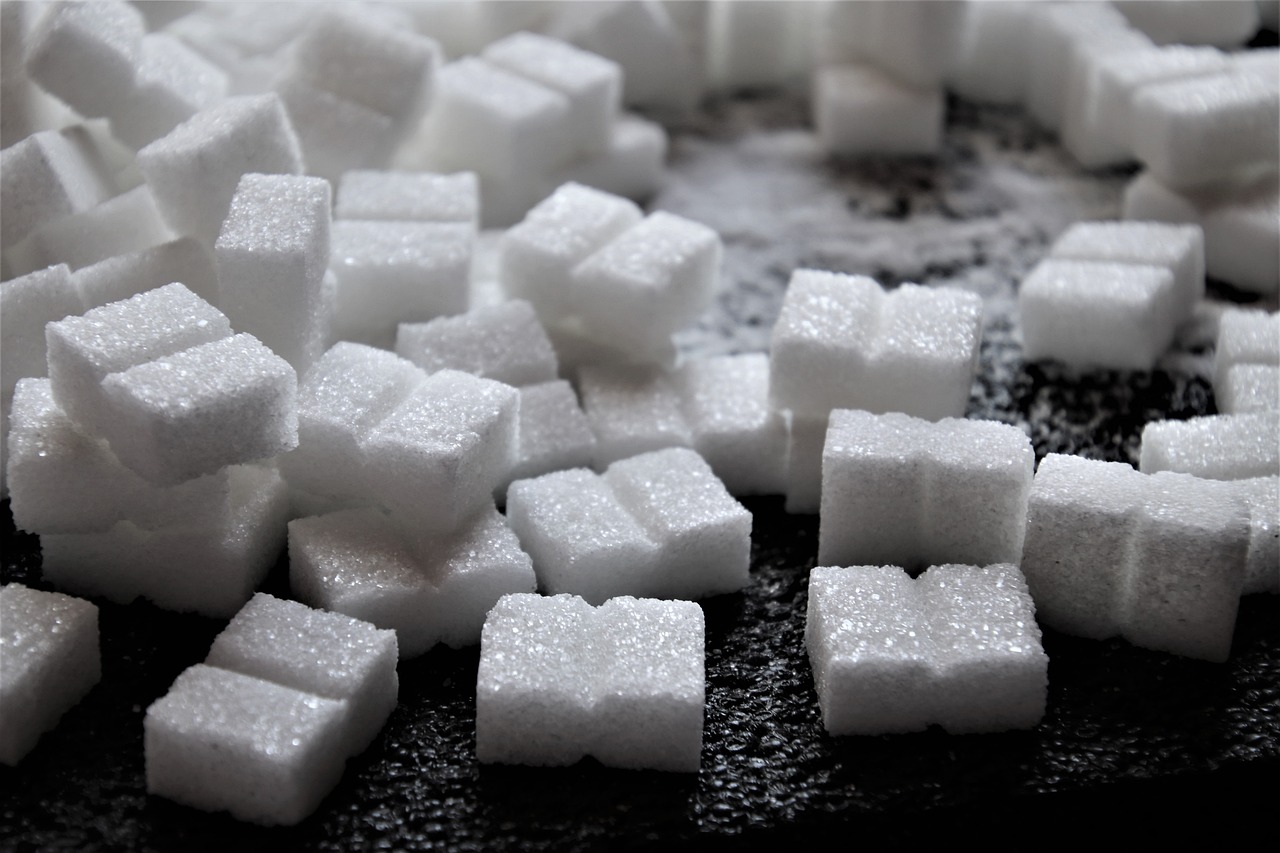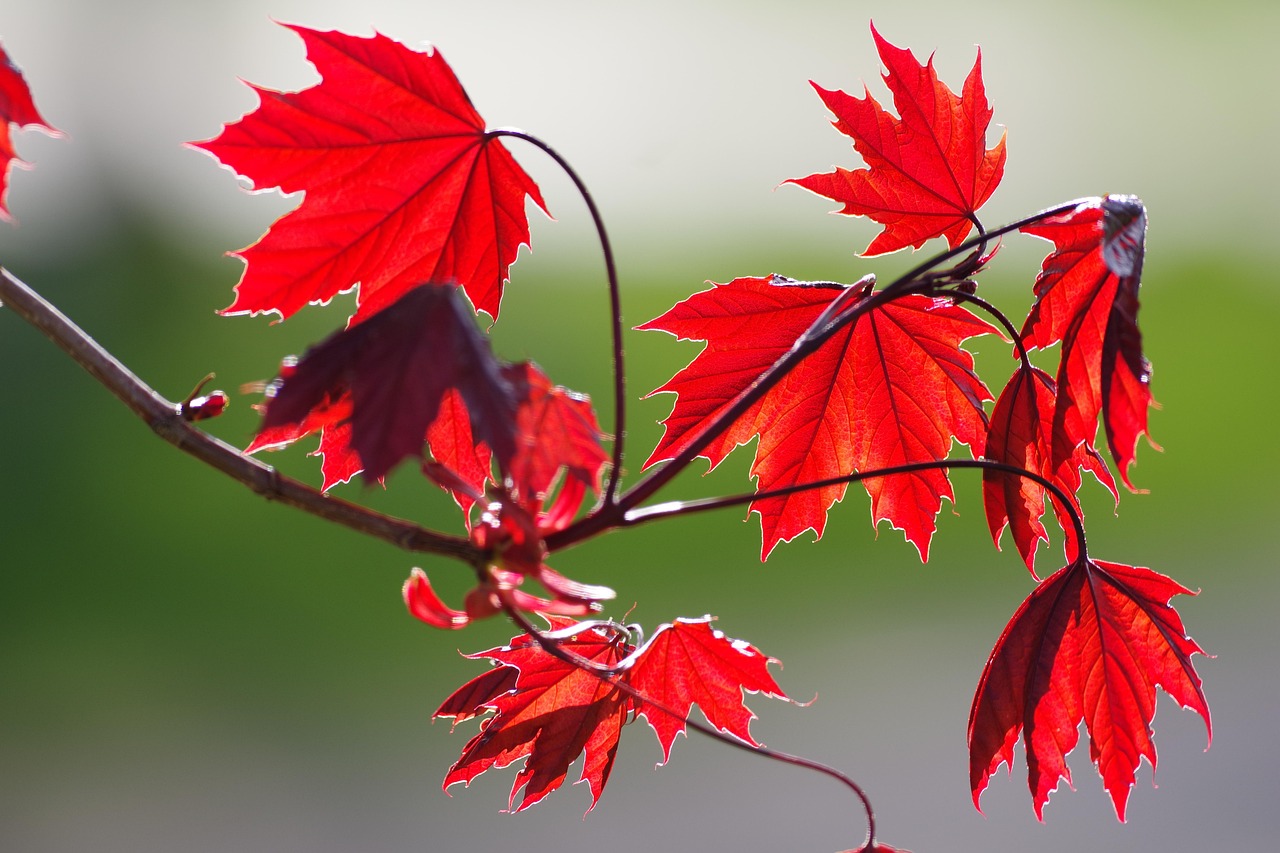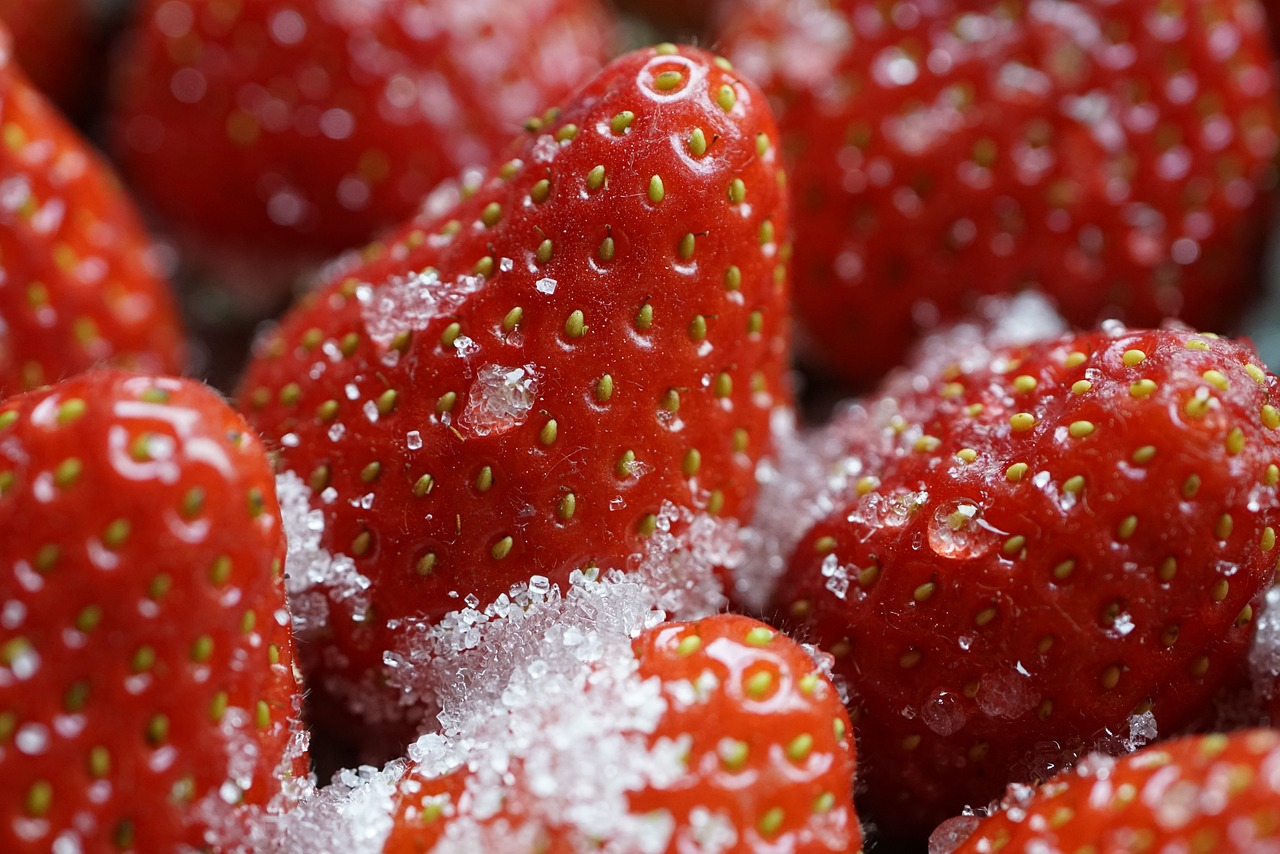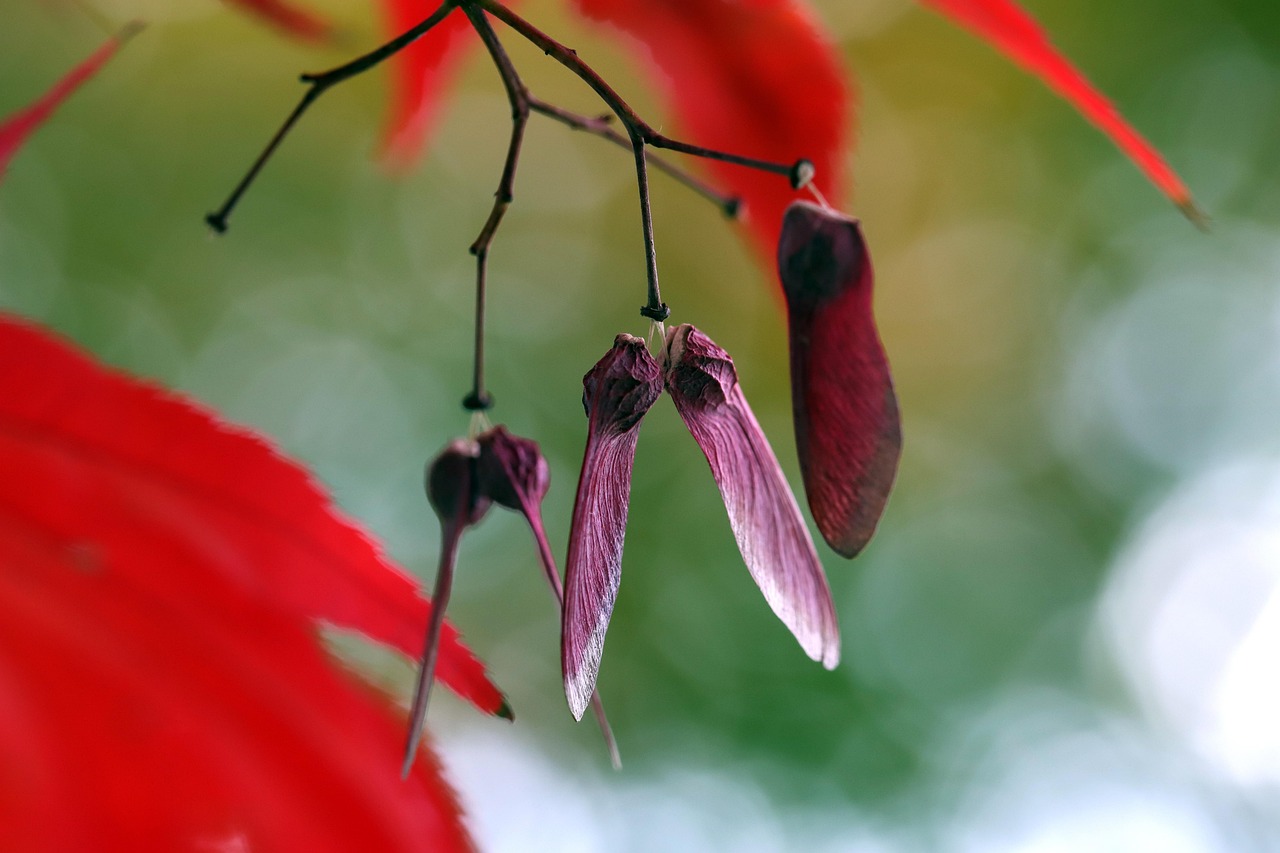Sugar maple roots can be invasive and may pose problems for foundations due to their tendency to grow aggressively and seek out moisture. Their root systems can extend significantly, potentially causing damage to sidewalks, driveways, and even the foundations of buildings.
Understanding Sugar Maples

Sugar maples (Acer saccharum) are a popular choice for landscaping and shade in many residential areas. Known for their vibrant autumn foliage and the production of maple syrup, these trees are valued not only for their aesthetic appeal but also for their ecological benefits. However, their extensive root systems raise concerns among homeowners regarding potential invasiveness and structural impacts.
The sugar maple is a deciduous tree that typically grows between 60 to 75 feet tall, with a spread of about 30 to 50 feet. Its roots can grow wide and deep, often extending beyond the tree’s canopy. This characteristic can lead to complications when planted near buildings, sidewalks, or other structures.
Root Characteristics
The root system of a sugar maple is known for being fibrous and expansive. These roots can grow horizontally, stretching out several feet from the tree trunk in search of water and nutrients. This adaptation helps the tree thrive but can also create conflicts with nearby structures. The following factors contribute to the potential issues caused by sugar maple roots:
- Moisture Seeking: Sugar maples are drawn to moist environments. Their roots will often invade water lines or sewer systems in search of hydration.
- Aggressive Growth: The tree’s roots can grow aggressively and seek out spaces where they might not be welcome, such as cracks in pavement or around foundations.
- Shallow Rooting: Although sugar maples have deep taproots, they also develop shallow lateral roots that can disrupt soil stability.
Impact on Foundations
Homeowners frequently express concern about the impact of sugar maple roots on their foundations. While a healthy sugar maple can enhance property value and provide shade, its roots can lead to significant issues if planted too close to structures. Some potential impacts include:
- Cracking Foundations: Roots may grow into or under foundations, leading to cracks and structural instability.
- Sidewalk Damage: The aggressive growth of roots can lift sidewalks, creating tripping hazards and requiring costly repairs.
- Drainage Issues: Roots can infiltrate drainage systems, leading to blockages and water damage within the home.
Comparison with Other Tree Species
When considering planting options, it is helpful to compare sugar maples with other tree species known for their root behavior. The table below shows how sugar maples stack up against other common species regarding root invasiveness and foundation impact.
| Tree Species | Invasiveness | Foundation Impact |
|---|---|---|
| Sugar Maple | High | Potentially Damaging |
| Red Maple | Medium | Moderate Risk |
| White Oak | Low | Minimal Risk |
| Pine Trees | Medium | Moderate Risk |
This comparison illustrates that while sugar maples are beautiful and beneficial trees, their root systems may require consideration when planting near homes and other structures. Understanding their growth habits is crucial for maintaining healthy landscapes and protecting buildings from potential damage.
Identifying Invasive Root Behavior
Understanding the invasive behavior of sugar maple roots is crucial for property owners. These roots can damage not only foundations but also landscaping and hardscapes. Identifying signs of root invasiveness early can help mitigate potential problems.
Signs of Invasive Roots
Homeowners should look for specific indicators that may suggest sugar maple roots are becoming problematic. Some common signs include:
- Cracks in Pavement: Observing cracks or upheaval in driveways, sidewalks, or patios can indicate that tree roots are pushing through the surface.
- Tree Leaning: A leaning tree may have roots that are compromised, indicating potential issues with soil stability.
- Soil Erosion: Areas with visible erosion around the tree base can suggest aggressive root growth.
- Foundation Cracks: Visible cracks in a home’s foundation, especially near the base of nearby trees, are a strong sign of invasive roots.
Root Growth Patterns
The growth pattern of sugar maple roots is characterized by their ability to spread widely. Their lateral roots can extend outwards several feet from the trunk, competing for water and nutrients with nearby plants and structures. This behavior can lead to various issues, particularly when trees are planted too close to buildings.
Additionally, the taproot of a sugar maple can grow deep into the ground. However, as the tree matures, it often develops a complex network of feeder roots close to the surface. These feeder roots are responsible for most nutrient absorption, making them more likely to interfere with nearby structures.
Preventive Measures for Homeowners
To protect homes and landscapes from the invasive nature of sugar maple roots, homeowners can take several preventive measures. These steps can help ensure that trees thrive without causing damage.
Choosing the Right Location
The location where a sugar maple is planted plays a significant role in minimizing root issues. Considerations include:
- Distance from Structures: Plant sugar maples at least 20-30 feet away from the foundation of homes and other structures to reduce the risk of root interference.
- Avoiding Utility Lines: Ensure the planting site does not intersect with underground utility lines, such as water or sewer systems.
- Soil Type: Plant in well-drained soil to encourage healthy root growth while avoiding water accumulation that can lead to invasive behavior.
Root Barriers
Installing root barriers can be an effective strategy to control the spread of sugar maple roots. These barriers are typically made from durable materials designed to redirect roots away from structures. Consider the following:
- Material Selection: Use materials like plastic or metal that can withstand root pressure and corrosion over time.
- Depth of Installation: Ensure barriers are installed deep enough (at least 2-3 feet) to prevent roots from growing underneath them.
- Regular Maintenance: Inspect barriers periodically for any signs of root penetration or damage, and repair as necessary.
Consulting Professionals
Homeowners may benefit from consulting with arborists or landscaping professionals when dealing with sugar maple trees. Experts can provide valuable guidance on tree placement, maintenance, and management strategies tailored to individual properties. Some services they may offer include:
- Tree Health Assessments: Evaluating the overall health and growth patterns of trees on the property.
- Root Pruning: Assisting in managing root growth through controlled pruning practices.
- Landscape Design Solutions: Offering advice on landscape design that accommodates trees while minimizing potential damage to structures.
Taking proactive steps can help homeowners enjoy the beauty of sugar maples while minimizing the potential risks associated with their invasive root systems.

2>Mitigating Root Damage to Structures
For homeowners with existing sugar maples near their properties, it is crucial to take measures to mitigate potential damage caused by invasive roots. By implementing specific strategies, property owners can protect their foundations and landscapes while maintaining the health of the tree.
Monitoring and Maintenance
Regular monitoring of both the tree and surrounding structures can help identify potential issues before they escalate. Homeowners should consider the following maintenance practices:
- Regular Inspections: Schedule periodic inspections of the foundation, sidewalks, and other hardscapes to check for signs of stress or damage from tree roots.
- Tree Health Monitoring: Keep an eye on the tree’s health. Signs of stress in the tree, such as leaf discoloration or premature leaf drop, can indicate root problems.
- Soil Moisture Management: Monitor soil moisture levels around the tree. Overly dry or saturated soils can encourage root aggression.
Root Management Techniques
In cases where sugar maple roots are already causing damage, various root management techniques can be employed to minimize further issues. These techniques include:
- Root Pruning: This method involves cutting back roots that are causing damage. It should be done carefully to avoid stressing the tree. Consulting a professional arborist for this procedure is highly recommended.
- Vertical Mulching: This technique involves drilling holes in the soil around the tree and filling them with organic matter. It helps improve root aeration and promotes healthy growth while minimizing surface root expansion.
- Soil Aeration: Aerating the soil in the vicinity of the tree can help reduce compaction, allowing for better root growth and reducing pressure on nearby structures.
Alternative Landscaping Solutions

If sugar maples are particularly problematic, homeowners may want to consider alternative landscaping solutions. These options can help maintain an attractive landscape while avoiding the risks associated with invasive roots.
Choosing Non-Invasive Tree Species
When landscaping, it is beneficial to select tree species known for less aggressive root systems. Some viable alternatives include:
- Serviceberry (Amelanchier): A small tree that offers beautiful blooms and minimal root invasiveness.
- Crape Myrtle (Lagerstroemia): Known for its vibrant flowers, this species has a more contained root system.
- Eastern Redbud (Cercis canadensis): This tree grows well in various soil conditions and tends to have a less invasive root system.
Using Shrubs and Ground Covers
In addition to choosing less invasive trees, incorporating shrubs and ground covers can enhance landscaping without the risks associated with large trees. Some options include:
- Boxwood (Buxus): A popular shrub that offers year-round greenery without extensive root systems.
- Barberry (Berberis): A hardy shrub that provides color and texture while being easy to maintain.
- Periwinkle (Vinca minor): This ground cover plant spreads easily and helps prevent soil erosion without competing aggressively for space.
The Role of Soil Composition
The composition of the soil where sugar maples are planted can influence root behavior significantly. Understanding soil properties can aid in managing tree growth and minimizing potential damage.
Soil Types and Their Effects
Diverse soil types affect how tree roots grow and spread. Here are some common soil types and their implications for sugar maples:
- Sandy Soil: Drains well but may not retain moisture. Sugar maples may grow deeper roots in search of water.
- Clay Soil: Retains moisture but can cause compaction. Roots may grow laterally and create pressure on nearby structures.
- Silty Soil: A balanced option that retains moisture well, promoting healthy root growth without excessive invasiveness.
By understanding how soil composition influences root behavior, homeowners can make informed decisions about planting locations and maintenance practices for sugar maples.
Additional Considerations for Managing Sugar Maple Roots
In addition to understanding soil types and implementing preventive measures, homeowners should consider other factors that can influence the invasive nature of sugar maple roots. These factors can play a significant role in ensuring the tree remains healthy while minimizing risks to nearby structures.
Watering Practices
The way a sugar maple is watered can greatly affect root growth. Proper watering techniques can help mitigate invasive behavior:
- Deep Watering: Watering deeply but less frequently encourages deeper root growth, reducing the risk of surface roots that can damage foundations and hardscapes.
- Avoid Overwatering: Excess water can lead to root rot and promote aggressive lateral growth in search of oxygen.
- Seasonal Adjustments: Adjust watering practices based on seasonal changes. During dry spells, ensure the tree receives adequate moisture, while being careful not to overwater during rainy seasons.
Mulching Techniques
Applying mulch around the base of the sugar maple can also help manage root behavior. Benefits of mulching include:
- Soil Temperature Regulation: Mulch helps maintain consistent soil temperatures, which can be beneficial for root development.
- Moisture Retention: It retains moisture in the soil, reducing the need for frequent watering and preventing roots from becoming overly aggressive.
- Weed Suppression: A layer of mulch suppresses weeds that compete with the tree for nutrients and water.
Long-Term Management Strategies

Long-term management strategies are essential for maintaining a healthy balance between sugar maples and the surrounding environment. Homeowners should consider developing a comprehensive tree care plan that includes:
- Regular Tree Trimming: Maintaining the canopy size through regular trimming can help manage nutrient demands and encourage healthier root growth.
- Soil Testing: Conducting periodic soil tests can provide insights into nutrient levels and pH balance, allowing for appropriate amendments to support tree health.
- Pest and Disease Management: Keeping an eye out for pests and diseases that may affect the tree’s health can prevent stress that might exacerbate root invasiveness.
Final Thoughts
Sugar maples are majestic trees that provide beauty and ecological benefits, yet their aggressive root systems can pose risks to nearby structures. Homeowners must take proactive steps to manage these roots effectively. Understanding soil types, implementing appropriate watering practices, and employing regular maintenance strategies are critical components in mitigating potential damage.
By choosing suitable planting locations and considering non-invasive alternatives when necessary, property owners can enjoy the aesthetic appeal of sugar maples without compromising their foundations or landscapes. Consulting with professionals, such as arborists, can provide tailored solutions for managing sugar maple roots effectively. Ultimately, informed decisions and ongoing care will help ensure that both trees and homes thrive harmoniously.
